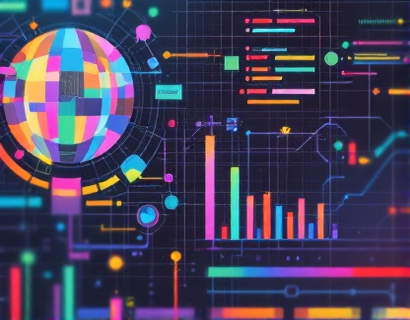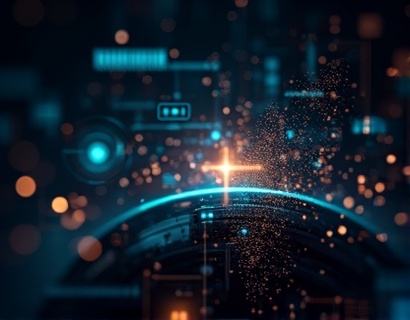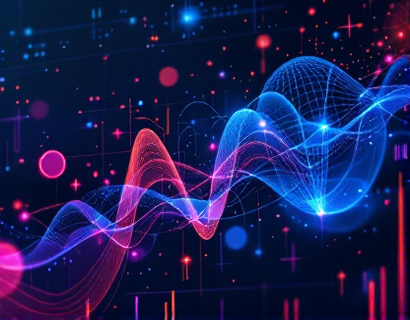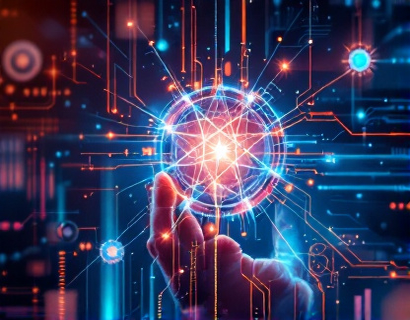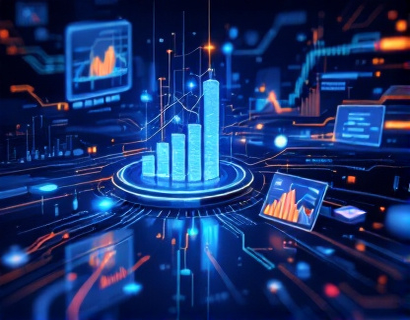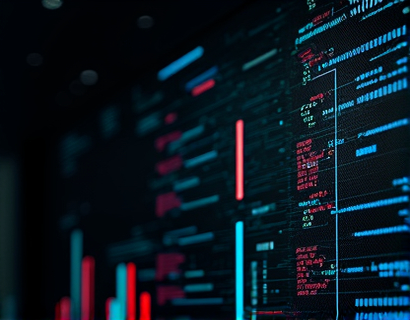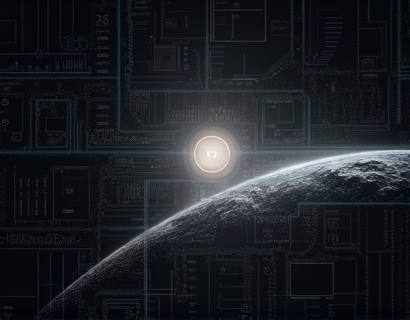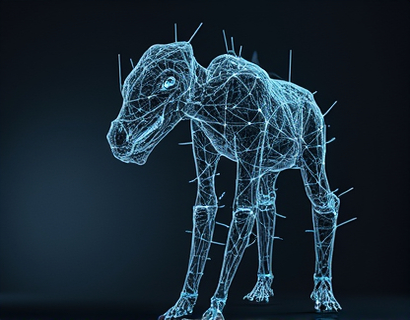Unlocking Digital Transformation: Harnessing AI and Crypto for Innovative Solutions
The digital landscape is undergoing a profound transformation, driven by the convergence of artificial intelligence (AI) and cryptocurrency technologies. This synergy is not just a trend but a fundamental shift in how we approach innovation and service delivery. By integrating blockchain and machine learning, businesses and developers are creating advanced tools and seamless experiences that were once thought impossible. This article delves into the powerful combination of AI and crypto, exploring how their integration is revolutionizing app and service offerings, and providing users with tools that enhance their digital journeys.
The foundation of this transformation lies in blockchain technology, which offers a decentralized, transparent, and secure way to conduct transactions and manage data. Blockchain's inherent properties make it an ideal platform for building trust and ensuring integrity in digital interactions. When combined with AI, the potential for innovation becomes immense. AI's ability to process vast amounts of data, learn from patterns, and make predictions can be significantly enhanced by the immutable and transparent nature of blockchain.
Blockchain and AI: A Synergistic Relationship
The integration of blockchain and AI creates a synergistic relationship that amplifies the strengths of both technologies. Blockchain provides a robust infrastructure for data integrity and security, while AI brings intelligent decision-making and automation. Together, they form a powerful toolkit for developers and businesses looking to push the boundaries of digital innovation.
One of the key areas where this synergy is evident is in the development of smart contracts. Smart contracts are self-executing contracts with the terms of the agreement directly written into code. When AI is integrated into smart contracts, the contracts can adapt and make decisions based on real-time data and complex conditions. This not only increases efficiency but also reduces the need for intermediaries, lowering costs and enhancing trust.
Another significant application is in the realm of data management. Blockchain ensures that data is tamper-proof and transparent, while AI can analyze this data to extract valuable insights. For instance, in the healthcare sector, patient data can be securely stored on a blockchain, and AI algorithms can analyze this data to predict disease outbreaks, personalize treatment plans, and improve overall patient care. The combination ensures that data is both secure and actionable.
Enhancing App and Service Offerings
The integration of AI and blockchain is not limited to backend processes; it is also transforming the frontend experience for users. Applications and services are becoming more intuitive, personalized, and secure. For example, in the finance sector, blockchain-based platforms can use AI to detect fraudulent transactions in real-time, providing users with an added layer of security. At the same time, AI can analyze user behavior to offer personalized financial advice and recommendations, enhancing the user experience.
In the realm of supply chain management, blockchain ensures transparency and traceability, while AI can optimize logistics and predict demand. This combination allows businesses to operate more efficiently, reduce costs, and provide better service to their customers. For instance, a company can use blockchain to track the origin and journey of products, ensuring authenticity and quality, while AI can predict demand fluctuations and adjust inventory levels accordingly.
User-Centric Innovations
The user experience is at the core of any successful digital solution, and the combination of AI and blockchain is no exception. By leveraging AI, developers can create user-centric applications that adapt to individual needs and preferences. For example, a content recommendation platform can use AI to analyze user interactions and blockchain to ensure content ownership and distribution rights are respected. This not only provides a personalized experience but also supports creators by ensuring they receive fair compensation.
In the gaming industry, blockchain and AI are revolutionizing the way games are designed and played. Blockchain can be used to create decentralized gaming platforms where players own their in-game assets as NFTs (non-fungible tokens). AI can enhance the gaming experience by creating dynamic and adaptive game environments, NPCs (non-player characters), and even generating procedural content. This combination not only increases player engagement but also opens up new revenue streams for developers.
Challenges and Considerations
While the potential of AI and blockchain integration is vast, there are several challenges and considerations that must be addressed. One of the primary concerns is scalability. Blockchain networks, especially public ones, can face performance issues when handling a large number of transactions. AI algorithms, particularly those requiring extensive training, can be resource-intensive. Developing solutions that are both scalable and efficient is crucial for widespread adoption.
Another challenge is regulatory compliance. The intersection of AI and blockchain operates in a relatively uncharted legal space, and navigating regulations can be complex. Ensuring compliance with data protection laws, anti-money laundering (AML) regulations, and other relevant frameworks is essential for any business leveraging these technologies.
Privacy is also a significant concern. While blockchain provides transparency, it can also expose sensitive information if not properly managed. AI algorithms, especially those involving personal data, must be designed with privacy in mind, adhering to principles like data minimization and anonymization.
Future Prospects
Looking ahead, the future of digital transformation through AI and blockchain integration is promising. As technology continues to evolve, we can expect more sophisticated and seamless integrations. For instance, the development of layer 2 solutions for blockchain, such as sidechains and state channels, can significantly improve transaction speeds and reduce costs, making it more feasible to integrate AI at scale.
Moreover, the rise of decentralized finance (DeFi) and decentralized applications (dApps) is a testament to the potential of this combination. DeFi platforms use blockchain to provide financial services without intermediaries, and AI can enhance these platforms by offering advanced risk management, fraud detection, and personalized financial services.
The Internet of Things (IoT) is another area where AI and blockchain can converge to create smart, autonomous systems. Blockchain can ensure secure and transparent data exchange between IoT devices, while AI can process and analyze the vast amounts of data generated, enabling predictive maintenance, optimized resource usage, and enhanced user experiences.
Conclusion
The integration of AI and blockchain is not just a technological advancement but a paradigm shift in how we approach digital innovation. By harnessing the strengths of both technologies, we can create more secure, efficient, and user-centric applications and services. As the digital landscape continues to evolve, embracing this synergy will be crucial for businesses and developers looking to stay ahead of the curve. The future is bright, and the possibilities are endless.




